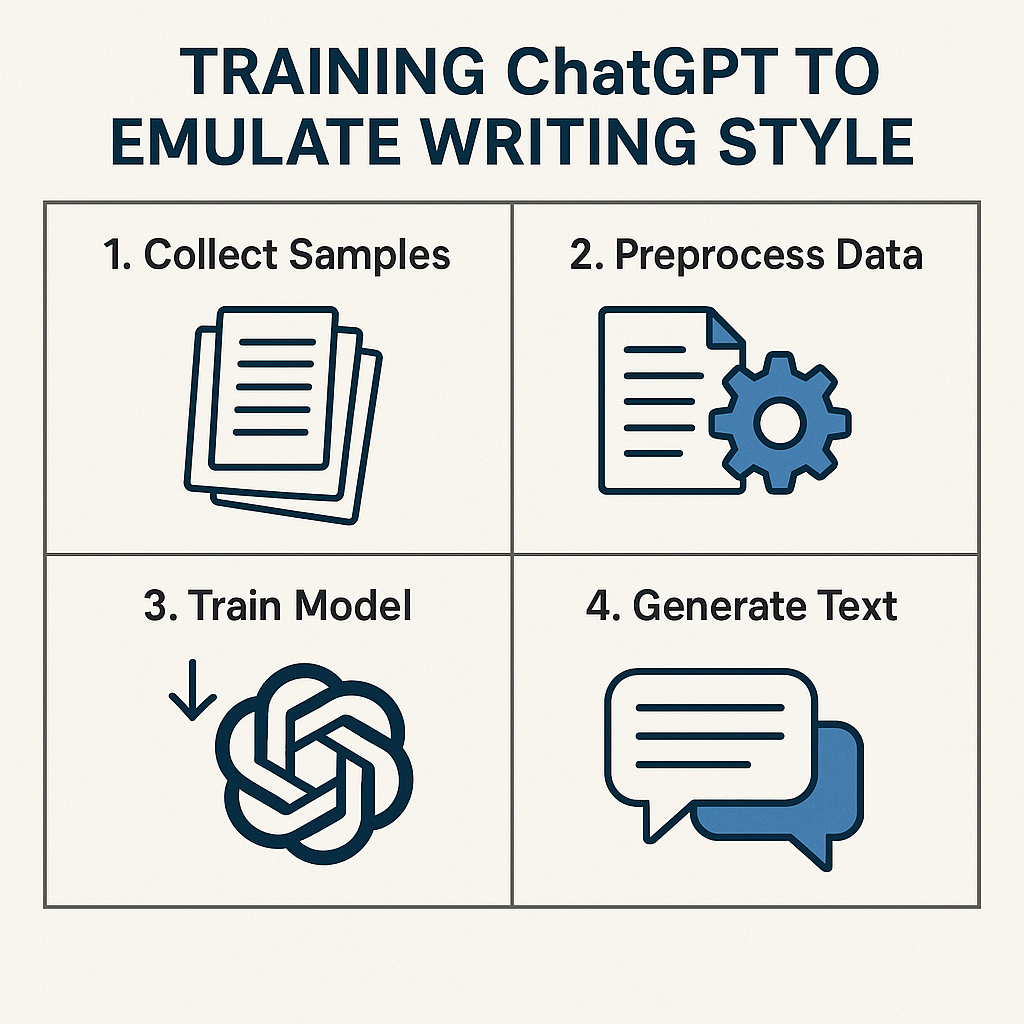The ability to personalize AI language models has become increasingly important for content creators, businesses, and individuals seeking to maintain consistent brand voices. Understanding how to train ChatGPT to emulate specific writing styles can transform generic AI outputs into personalized, authentic content. Here’s a detailed guide on making ChatGPT write more like you.
Understanding the Basics of Style Training
The foundation of training ChatGPT lies in providing clear, consistent examples of the writing style you want to replicate. This process involves collecting diverse writing samples across different contexts, from casual emails to formal documents. These samples serve as the blueprint for ChatGPT’s understanding of your unique voice.
Creating an Effective Style Guide
A comprehensive style guide is crucial for successful training. This should include:
– Preferred vocabulary and phrase choices
– Typical sentence structures and length
– Emotional tone and communication style
– Common rhetorical devices and metaphors
– Punctuation preferences and writing rhythm
Technical Implementation Strategies
The technical aspect of training involves several key components:
1. Data Preparation: Carefully curate writing samples, ensuring they accurately represent the desired style
2. Persona Development: Use specialized tools like UXPressia to create detailed writing personas
3. Fine-tuning: Utilize OpenAI’s API for advanced customization with personal datasets
4. Iterative Feedback: Continuously refine outputs through specific prompting and correction
Best Practices for Training Sessions
When working with ChatGPT, follow these guidelines:
– Start with clear, detailed prompts that specify tone and style
– Provide feedback on generated content to help the AI adjust
– Use iterative refinement to gradually perfect the output
– Document successful prompts and approaches for future use
Avoiding Common Pitfalls
Several challenges can arise during the training process:
– Inconsistent sample data leading to mixed results
– Unrealistic expectations for immediate perfect matching
– Overlooking ethical considerations regarding style replication
– Insufficient attention to context-specific requirements
Measuring Success
Track the effectiveness of your training through:
– Comparison with original writing samples
– Feedback from familiar readers
– Consistency across different types of content
– Achievement of communication goals
The key to successful style training lies in patience and persistence. While ChatGPT can effectively learn to mirror writing styles, the process requires ongoing refinement and clear communication of expectations.
For best results, combine technical knowledge with a deep understanding of the target writing style’s nuances. This approach ensures more authentic and effective AI-generated content that truly captures the desired voice.
Remember that ethical considerations should always guide your training efforts, especially when replicating someone else’s writing style. Always obtain necessary permissions and maintain transparency about AI-generated content.





0 Comments